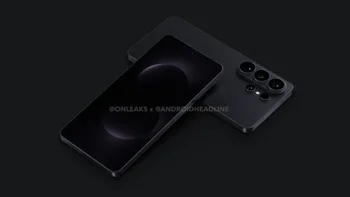FCC says one or more major U.S. carriers may have submitted fake coverage maps to sway Mobility Fund

The FCC announced today (via Engadget) that one or more major U.S. carriers might have submitted incorrect coverage maps, violating mapping rules pertaining to the Mobility Fund Phase II (MF-II) reverse auction. The Fund is expected to allocate over $4.53 billion over the next ten years to provide high-speed mobile broadband service to rural areas that wouldn't have it without government support. The regulatory agency is investigating.
Nearly 21 million speed tests from 37 states prove the inaccuracies of some of the maps. The issue is whether Verizon, AT&T, T-Mobile and Sprint exaggerated their LTE coverage in order to prevent rural carriers from receiving money from the Mobility Fund. These rural carriers would benefit from "dead spots" where none of the major wireless providers carry an LTE signal.
"My top priority is bridging the digital divide and ensuring that Americans have access to digital opportunity regardless of where they live, and the FCC’s Mobility Fund Phase II program can play a key role in extending high-speed Internet access to rural areas across America. In order to reach those areas, it’s critical that we know where access is and where it is not. A preliminary review of speed test data submitted through the challenge process suggested significant violations of the Commission’s rules. That’s why I’ve ordered an investigation into these matters. We must ensure that the data is accurate before we can proceed.-Ajit Pai, Chairman, FCC
Verizon has already been accused this year by the Rural Wireless Association (RWA) of submitting false data to the FCC. In an filing made earlier with the regulatory agency, Verizon said that its signal covers 5,706 square miles of the Oklahoma Panhandle; an engineering report proved that Big Red's coverage in the region was half of what the carrier claimed.
Follow us on Google News














Things that are NOT allowed:
To help keep our community safe and free from spam, we apply temporary limits to newly created accounts: